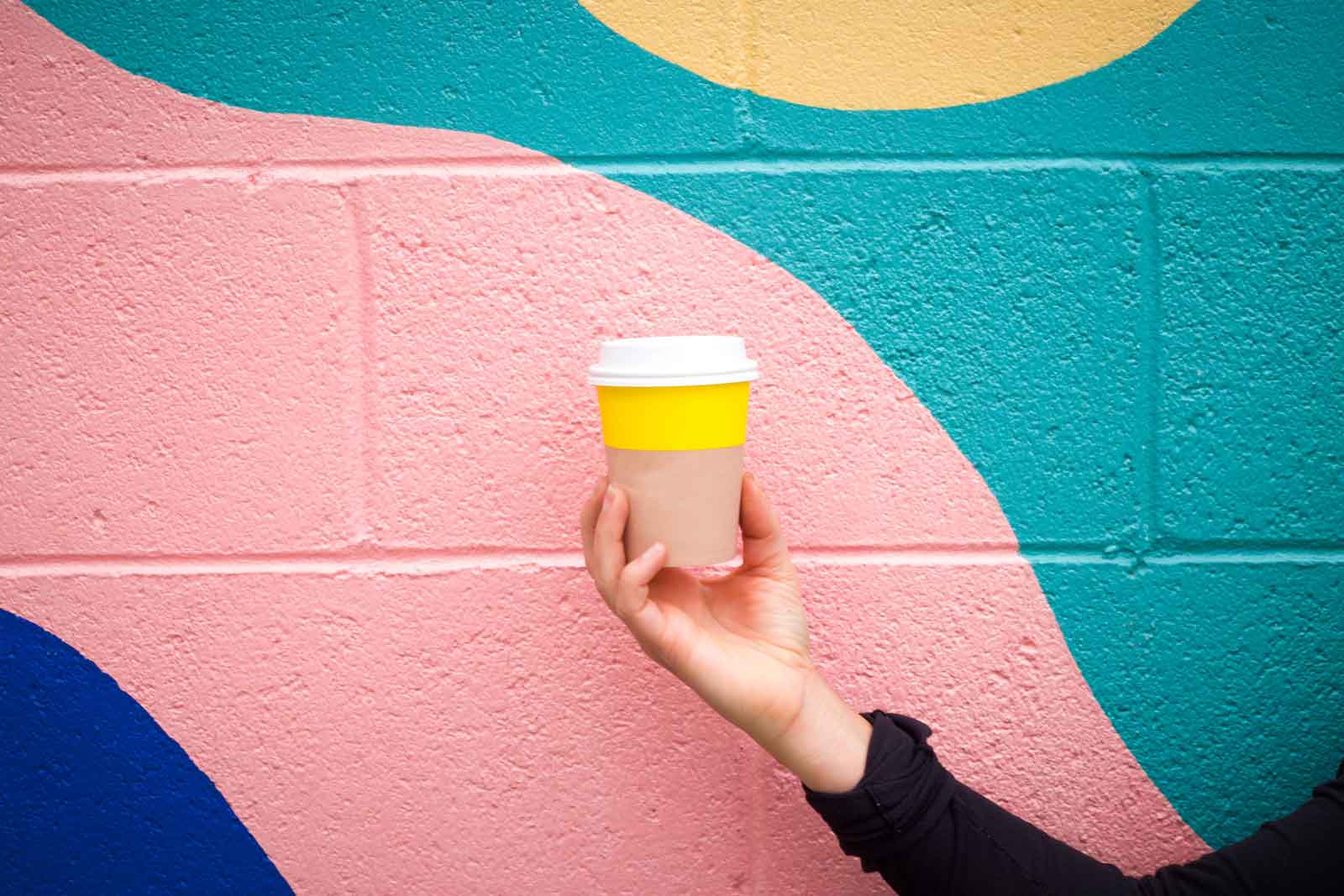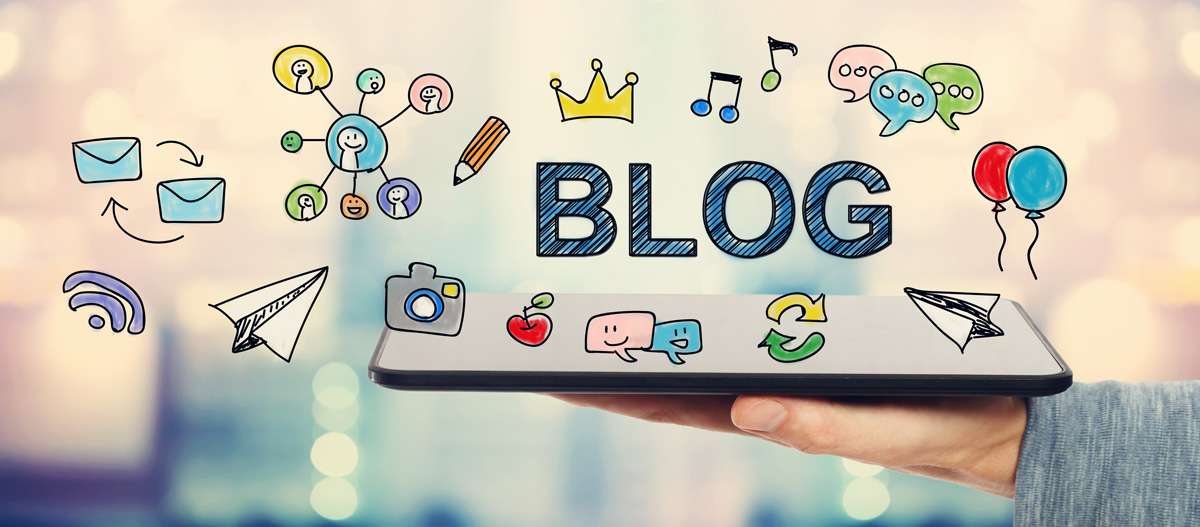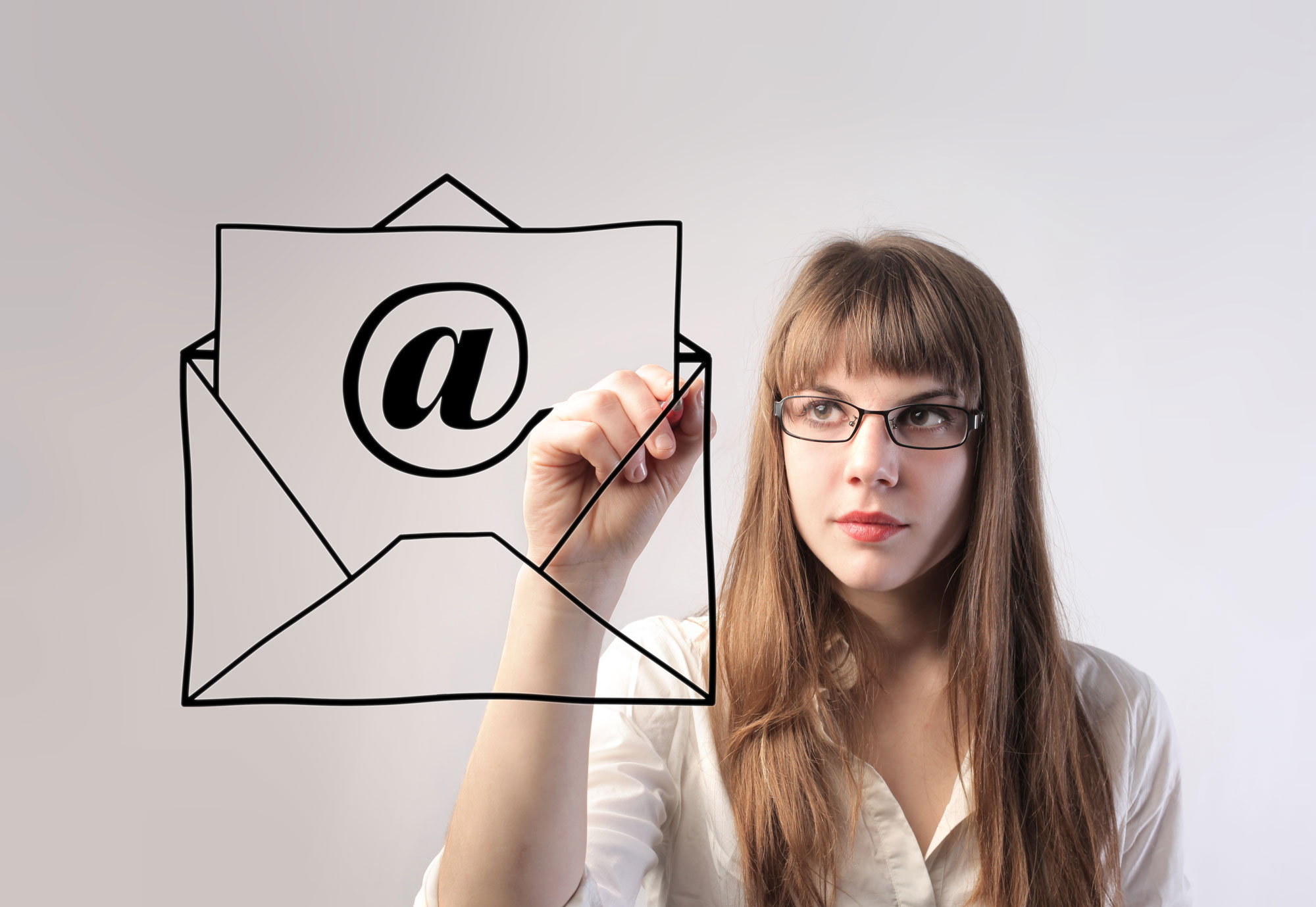Web design trends serve to accommodate the fact that people are faced with ever increasing demands on their time and attention. For this reason, elements such as simplicity, ease of access and use are becoming more important in web design than ever before. These factors have a bearing on the web design trends for 2018 in order to minimise distractions and maximise the user’s attention.
Web design trends
We take a look at some of the key web design trends for 2018.
Minimalist Aesthetic
The minimalist aesthetic brings a clean, uncluttered look to web design in the New Year. This includes minimising visually disruptive features so that content takes centre stage. While design still has a key role – its function is more strategic than ever, providing effortless experience to facilitate engagement with the objectives of increasing conversions and in turn more sales.
The emphasis is on essentials, avoiding superfluous pages, diagrams and images while including only those elements which contribute, add and augment the text. In this way, you limit the distractions vying for the user’s attention so that you hone in on your key subject of your webpage.
Responsiveness
According to statista.com the total web traffic in August 2017 for mobile devices excluding tablets accounted for 52.64 percent of web page views worldwide. As the number of mobile users continues to overtake that of desktop users, having a website that can be viewed on both platforms is essential. Additionally, aside from impacting on the readability of your site, Google uses mobile-friendliness as a ranking signal, making responsiveness an essential element of an optimised website.
Typography
While typography has always been a significant element in web design, the role it plays continues to evolve. In terms of web design elements for 2018, font is used as an art form, contributing to the aesthetic impact of the page through juxtaposition with different font sizes and types. The minimalist aesthetic is set to be continued in the typographical elements which can be used strategically to add to the clean lines of a page, drawing attention to a message while adding to the uncluttered, clean look.
Enabled by technological development in device resolution, the web designer has a greater choice of font options at their disposal, enabling the introduction of custom fonts and creative typefaces which can be used effectively to draw the reader’s attention to a particular area. This trend is in keeping with the reading style of scanning, used by most users on the internet. This trend uses using font deliberately so that a user can be drawn into the page through impactful headers, using the headings and subheadings to create a structure which systematises information, while playing a key role as a significant SEO element.
While large fonts are effective in conveying information, they may also serve as visual cues – creating an impression about the brand and its content. Typography can be used to evoke emotion and even trust. Think of a site which offers statistics and other ‘factual’ information such as a website for a legal firm. This site is more inclined to use sans serif font, showing a certain formality as opposed to a music site which may use a more flowing, flamboyant font style.
White space
With the emphasis on scan-ability, white space is an ideal web design element, allowing areas to be highlighted while enhancing clear communication. Additionally, this element creates a calm impression, facilitating easier access and use, all of which helps to increase the time spent on the site and in engaging with the brand.
With its ability to draw attention to a specific area, white space is set to become an integral means of enhancing web page scan-ability, allowing the reader to skim through the information while still remaining engaged with the content and on the brand’s site.
Visuals use in the white space context function to improve aesthetics while drawing attention to the products and services on offer.
User-centric design
2018 web design will focus on elements which facilitate a user-centric website experience. The aim is to provide the user with seamless usage, where the user is able to intuitively navigate and use the site. As a result, all elements are aimed at harnessing the user’s attention and directing this attention to the core messages and objectives of the site.
Integrated Animations
Used strategically, animations can be used to further draw the user to the content of the website and the brand offering. By using animation at various key points such as during navigation or scrolling, the user is able to enjoy meaningful interactions with the site as their actions set the smaller animation in motion. This can also be effectively applied to the user’s experience within the webpage as a means of engaging the visitor, using hover animation – where placing your cursor over the text changes some element of the text- for example, making the text bigger or highlighting the text in a particular colour.
Asymmetrical designs
The common practise of grid systems which facilitated symmetrical web design styles has created a certain amount of sameness in web design. As web design progresses, it has become more fluid and experimental in order to create a unique look for a brand. As a natural response to this prescribed setting, web design has seen the concept of asymmetrical designs increasing in popularity, providing a canvass of sorts which allows for creative freedom of different components of content and typography.
Asymmetry can be used strategically as a means of attracting the eye to a certain point or to emphasise movement or create visual weight, prioritising a certain aspect of the visual space.
Asymmetry is an impactful design element which can be used to guide your user through the page, functioning as a thought-provoking element or as a means to motivate your user to take action, grabbing the user’s attention while facilitating communication in a distinctive way. This design trend, introduced in 2017, is set to continue in 2018 with brands using asymmetrical designs to create a unique look which sets them apart from their competitors.
Conclusion
These web design trends of 2018 are geared to enhance the user’s experience in order to captivate the user’s attention and keep your visitor on your website, offering new and exciting concepts of profiling your brand while establishing relationship opportunities which facilitate increased conversions.
An ideal way to approach these different elements is to view them as part of an artist’s palette. Some elements will be more in keeping with your brand and audience, others less so. Although design choices can be optimised, nothing should be set in stone. After all the internet is a dynamic entity, constantly evolving and refining itself to maximise user experience. In the same way, web design requires a similar flexibility, where you can experiment with different ways to find the most effective elements for your brand and audience.
Ultimately, the focus is on designing impactful websites which focus on the user’s experience, using new trends to optimise your brand’s impact and achieve objectives. Is your web design ready to optimise visitor experience of your brand for 2018?




